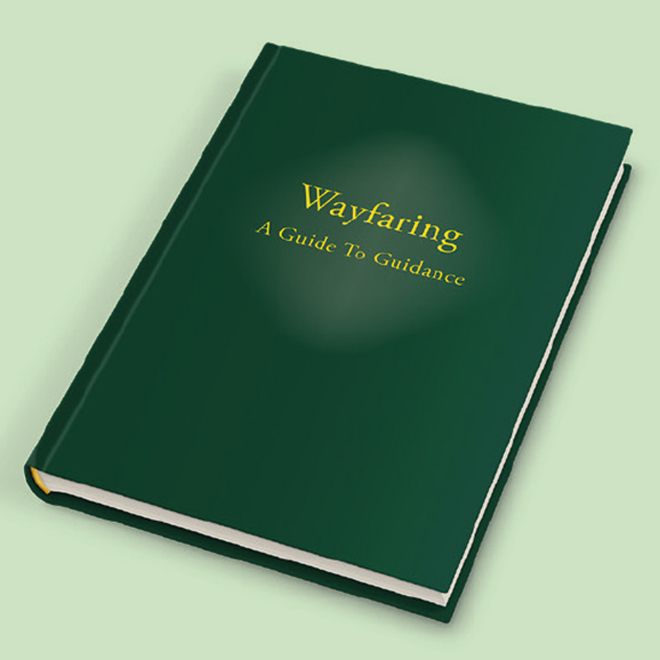Celebrating a hundred years of Ramallah Friends Meeting House. Photo: Image: © Cally Gibson. www.callygibson.co.uk
Friends gather to witness a hundred years of Ramallah Meeting House
Sue Glover Frykman reports on Ramallah Friends’ century of witness and work for justice and peace – 1910-2010
Quakers from various parts of the world gathered in celebratory worship with Ramallah Friends and attenders to mark the centenary of the dedication of the Meeting house on 6 March 1910. After an opening address by Jean Zaru, the clerk of Ramallah Monthly Meeting, greetings were given by Jeanette Mikhail, the mayor of Ramallah Municipality, Tim Hussey, the great-great-grandson of Timothy Hussey, who was present at the first Meeting for Worship, Jim Fine, clerk of the Friends International Centre (FICR) steering committee, Joyce Ajlouny, director of the Ramallah Friends Schools, Marisa Johnson, executive secretary of the Europe and Middle East Section of Friends World Committee for Consultation, and Nina Dodge, representing the American Friends Service Committee. During the ensuing period of worship warm tributes were paid to Ramallah Friends’ work and witness over the years, and to those living in the area during periods of service with Quaker organisations or the Ramallah Friends Schools. Young people from the Meeting performed a short sketch on John Woolman’s witness against slavery, and a surprise party for Jean Zaru was thrown after Meeting by way of thanks and appreciation for her tireless promotion of dialogue and nonviolent social change.
